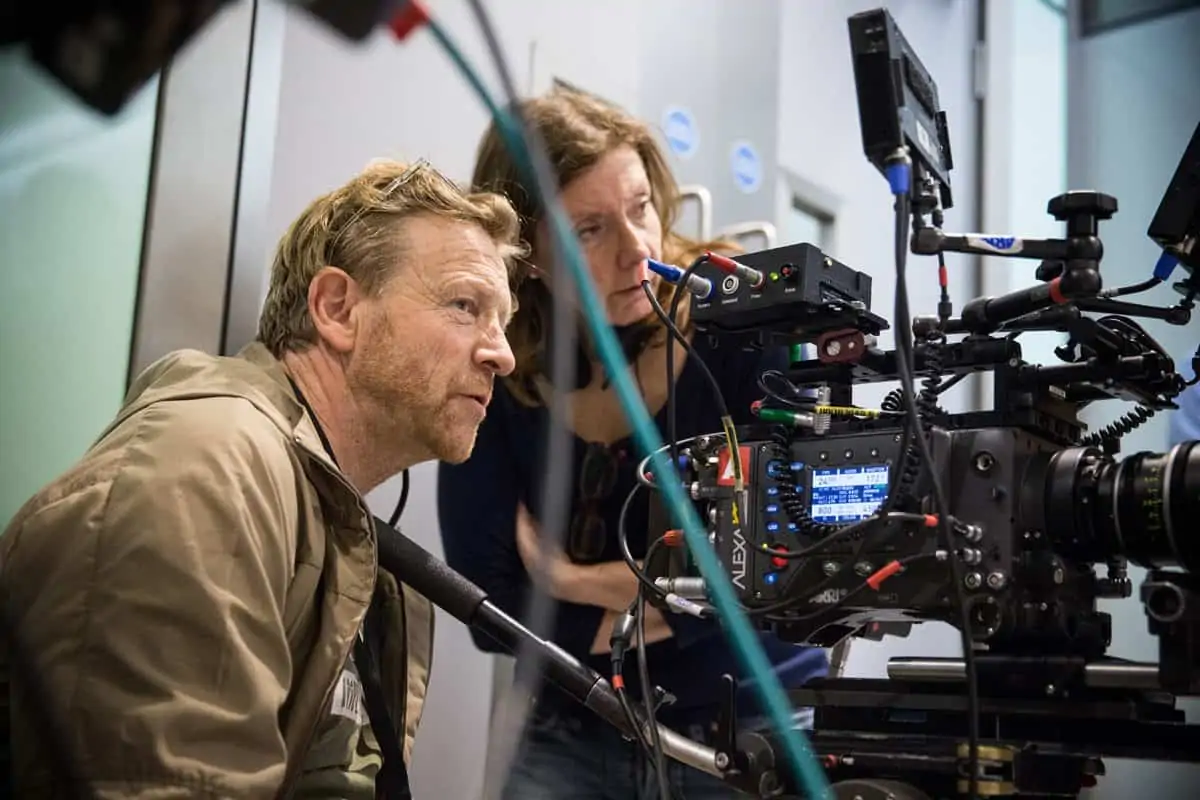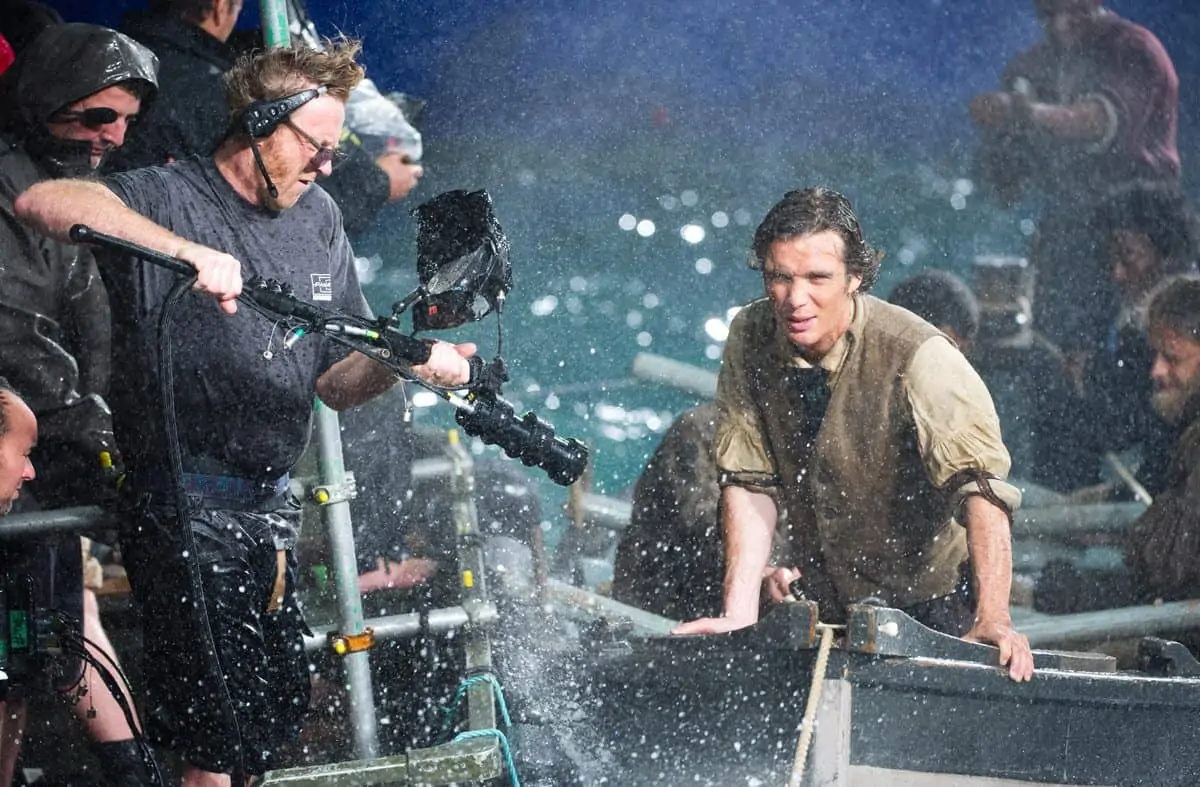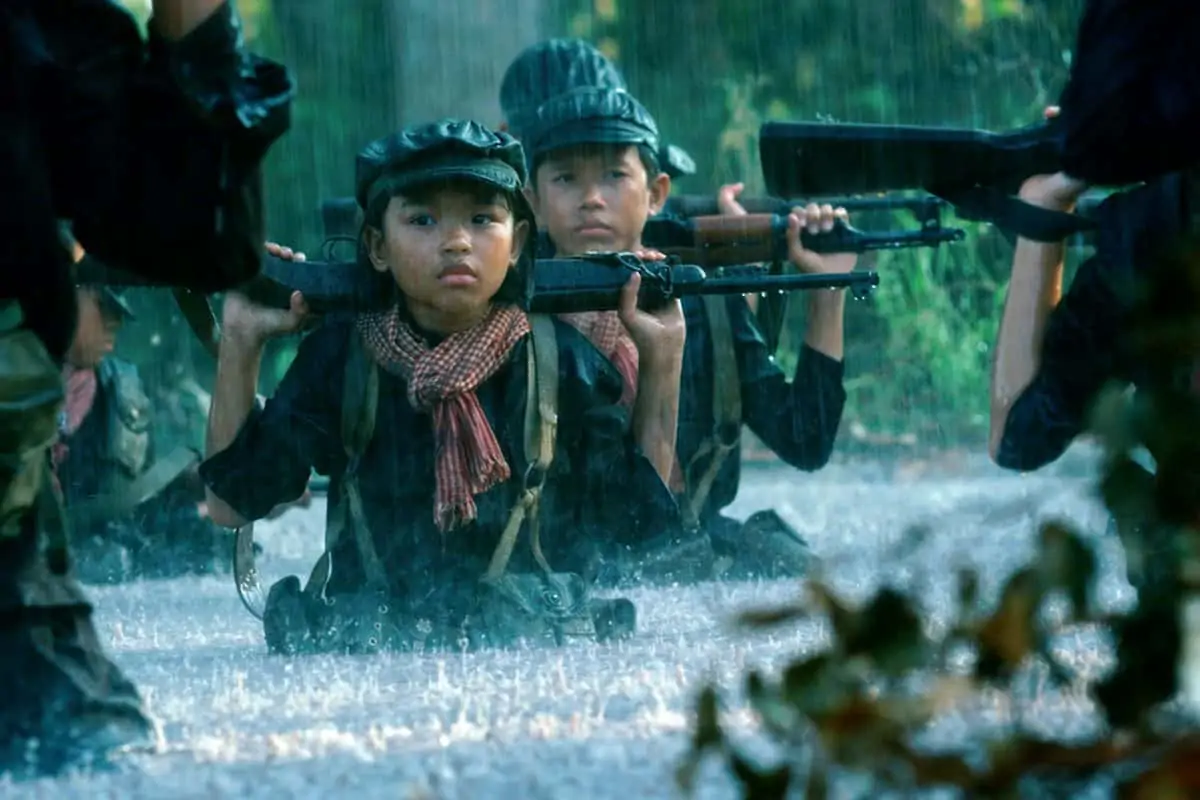Oliver’s twist
Anthony Dod Mantle DFF BSC ASC / Snowden
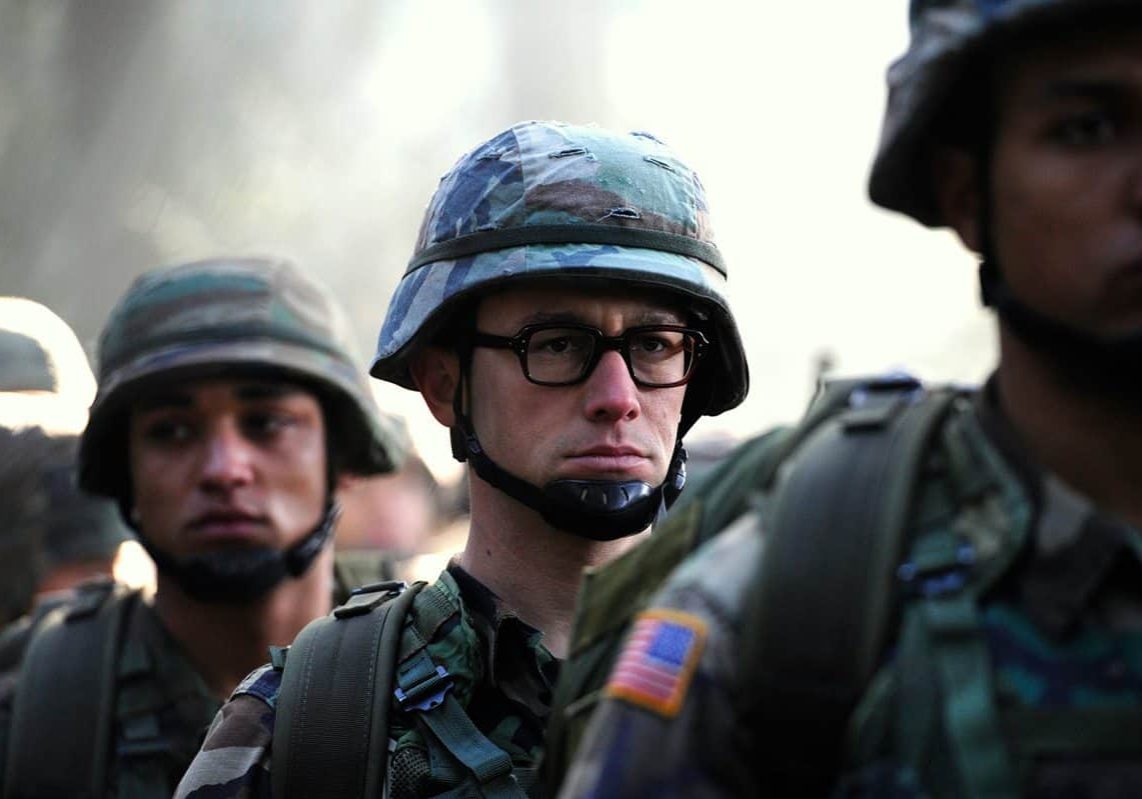
Oliver’s twist
Anthony Dod Mantle DFF BSC ASC / Snowden
BY: Ron Prince
“‘Ssh!’ Was his first utterance as he motioned me with his finger to enter the Munich hotel room that November. We had never met before and never spoken. But he had kept a dossier of our complete written communications over the years, which he proceeded to read verbatim to me, insisting on my complete silence as he spoke. ‘Ssh!’”
So began, with an appropriately theatrical and somewhat spooky flourish, the first meeting between cinematographer Anthony Dod Mantle and veteran moviemaker Oliver Stone, in late 2014, to discuss the director’s intended biographical political thriller about Edward Snowden, the American computer professional, former CIA employee and contractor to the United States government, who leaked thousands of classified documents in June 2013 without authorisation. Snowden’s disclosures revealed numerous global surveillance programmes, several run by the National Security Agency (NSA) and the Five Eyes Intelligence Alliance (comprising the intelligence agencies of Australia, Canada, New Zealand, the UK and US), with the cooperation of telecommunications companies and European governments.
A subject of controversy, now living as a political refugee in Russia, Snowden has been variously labelled as hero, whistleblower, revolutionary, patriot and traitor. His revelations have provoked all manner of discourse and argument about mass surveillance strategies, government secrecy and the equilibrium between national security and personal privacy.
Stone’s eponymously titled movie about Snowden is based on the books, “The Snowden Files” by Luke Harding, and “Time Of The Octopus” by Anatoly Kucherena. The screenplay was written by Stone and Kieran Fitzgerald. The movie includes Snowden’s backstory – from US Army reservist to security specialist at a top-secret government facility in Maryland, followed by ever-ascending roles in cyber-security within the CIA and Dell, which manages computer systems for multiple government agencies – before his self-ignited trajectory from NSA employee in Hawaii, to outlaw in Hong Kong where he released classified information to journalists from his hotel room, and his subsequent asylum in Russia.
The movie features an ensemble cast including Joseph Gordon-Levitt, Shailene Woodley, Melissa Leo, Zachary Quinto, Tom Wilkinson, Scott Eastwood, Logan Marshall-Green, Timothy Olyphant, Ben Schnetzer, LaKeith Lee Stanfield, Rhys Ifans, and Nicolas Cage.
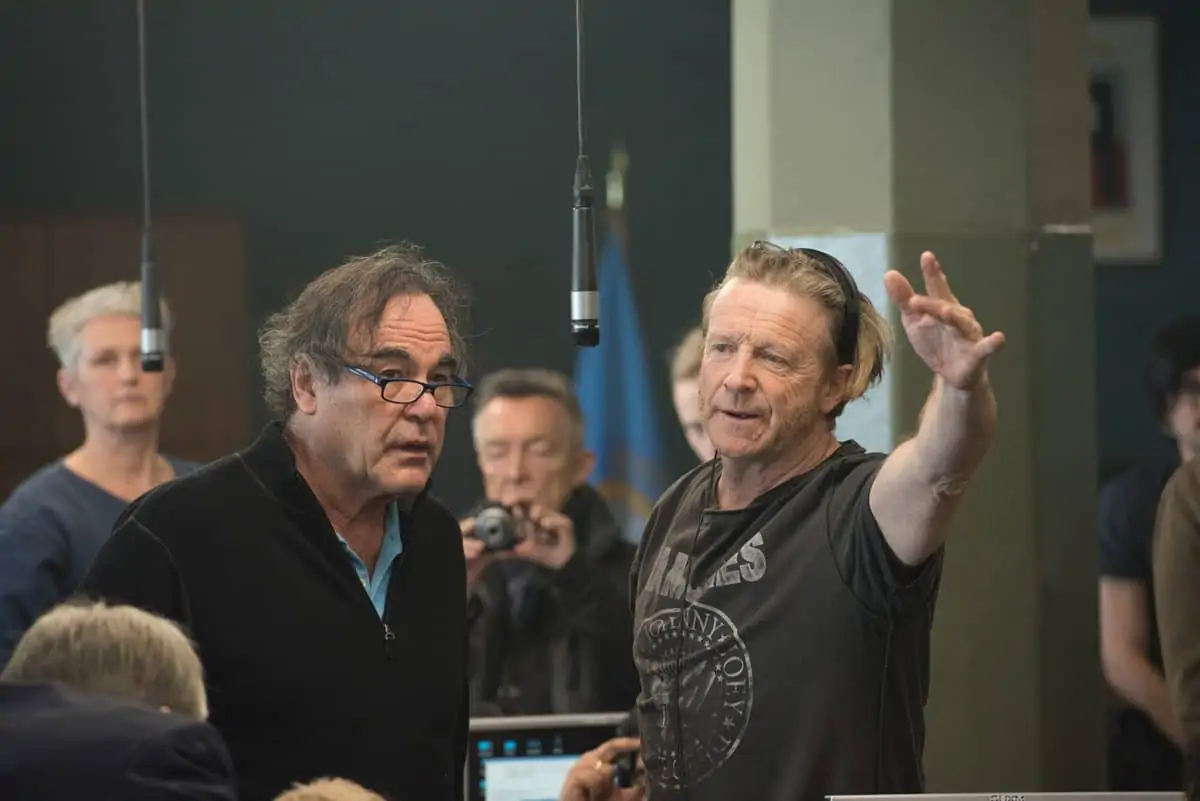
“During my time at film school, there were certain directors – such as Roman Polanski, Nic Roeg, Ingmar Bergman, Andrei Tarkovsky and Martin Scorsese – who accelerated my learning. Oliver Stone is on that list too,” says Dod Mantle. “There was something about his body of work, which for me was devastating and wonderful as a student. He smashed the walls with sound and aesthetics and editing, and left quite an impression. It was quite by happenstance that, although I have been in the running to shoot some of his movies down the years, events have conspired against us working together. But then came Snowden. I felt like I owed him one, and went to meet Oliver. At that first, clandestine meeting, he read out every e-mail we had exchanged in the past, and made me listen to all of the excuses I had ever made for never having worked him before. I found his approach mischievous, spontaneous and wonderful by turns. He understood that I never take on a project without reading the finished script, and he waved a 60-page hand-written document at me, and told me I was not to leave the room until I had read it.”
More often than not it is the script which lights up a cinematographer’s desire for a project, and Dod Mantle remarks, “It was astonishing, super-serious, severe, electric content, about surveillance and machines investigating people’s minds, computers watching you at night. It was hard to instantly visualise, and there were no murders, no car chases, no bodies – apart from a metaphorical head-on- a-platter, of course. But the story was topical, never far from the headlines, and involved a conscientious young man whose actions resulted in fear and alienation on a personal level, and on the wider scale created one of the biggest political scandals since the Second World War. It was very hard to say no to this time.”
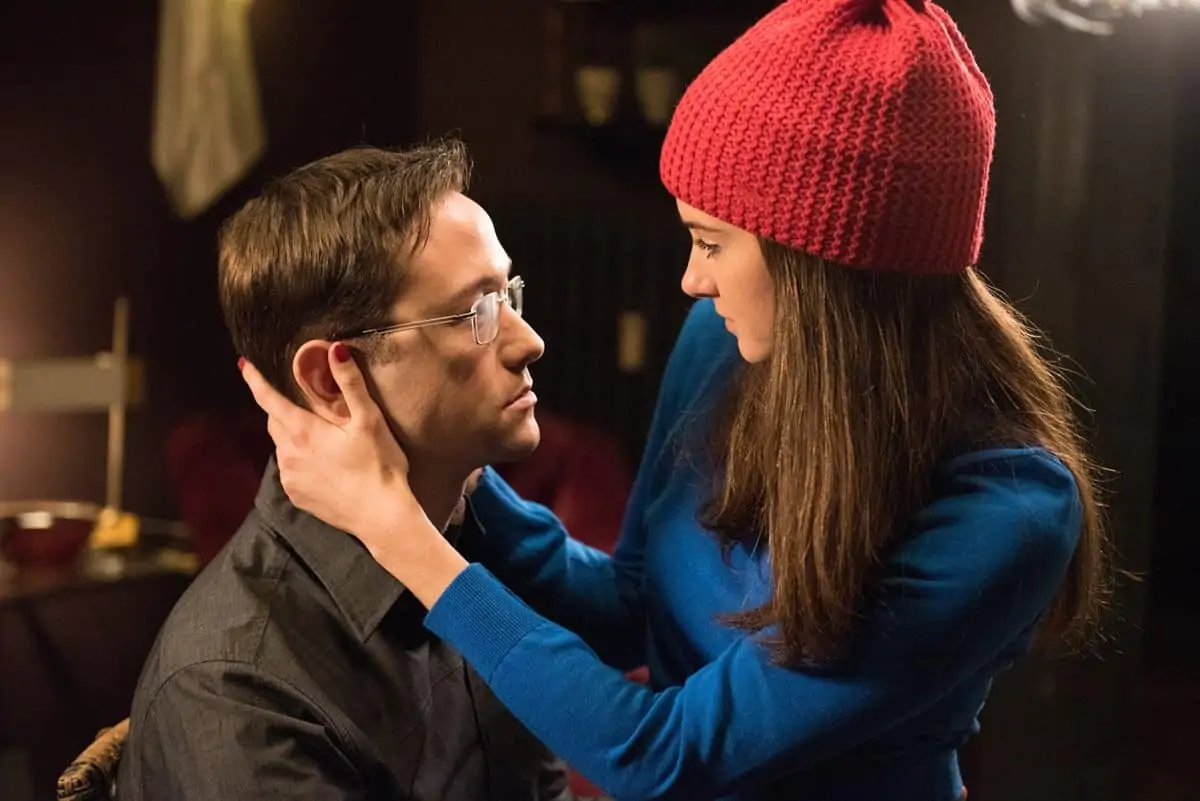
On the subject of visualising the movie with Stone, Dod Mantle says “images of intrusion” was a term he used a lot during their initial discussions. “Clean, clear high-resolution images portray truth and honesty, whereas smaller cameras, surveillance cameras, with lower resolution images, imply myth, something covert, sinister, dangerous, untrustworthy, and these are much in evidence in our daily lives.
“Words often fail me when I try to communicate ideas. So during pre-production I sent Oliver illustrated dossiers of images I had either made myself or found, together with very brief notes, that described my visual intention for the movie and how to sustain the audience’s attention and emotional concentration for such a heavy, complex subject matter. Oliver likes this sort of brevity. I also sought to implement a third dimension in our film – to personify, in some way, the fundamental fact that we are watched upon much more that we know – and to do this by the way the camera moves, or does not move, in relation to the other dramatic cameras.
“Obviously I had to interpret locations – that we would never ever have the chance to visit, let alone shoot at – as logically as possible. This was not a flashy, abstract or unreal world that we wanted create with the cinematography. So to help find a certain aesthetic I gained Oliver’s agreement to include production designer Mark Tildesley into this process. He and I have worked on many productions together and see eye-to-eye. During the course of Snowden, Oliver, Mark and myself a became a powerful collaborative trio.”
In terms of his creative cinematographic references, Dod Mantle cites Laura Poitras’s Academy Award-winning documentary Citizenfour (2014), about Snowden and the NSA spying scandal, as a helpful preliminary insight into the man and his motivations. He also re-watched one of his own personal favourite movies, The Parallax View (1974, dir. Alan J Pakula, DP Gordon Willis ASC), being particularly enthused about a man being way-in-over-his-head in a sinister drama, and by the relationship between humans-under-surveillance and architecture. With themes of dislocation, alienation and fragmentation in his mind, Dod Mantle examined the artistic works of cubist/expressionist painters, such as Lyonel Feininger. He also studied the PBS/Frontline show United States Of Secrets, which investigates the history of the US’s surveillance programme.
"(Oliver Stone's) approach was mischievous, spontaneous and wonderful by turns. He understood that I never take on a project without reading the finished script... he waved a 60-page hand-written document at me, and told me I was not to leave the room until I had read it."
- Anthony Dod Mantle DFF BSC ASC
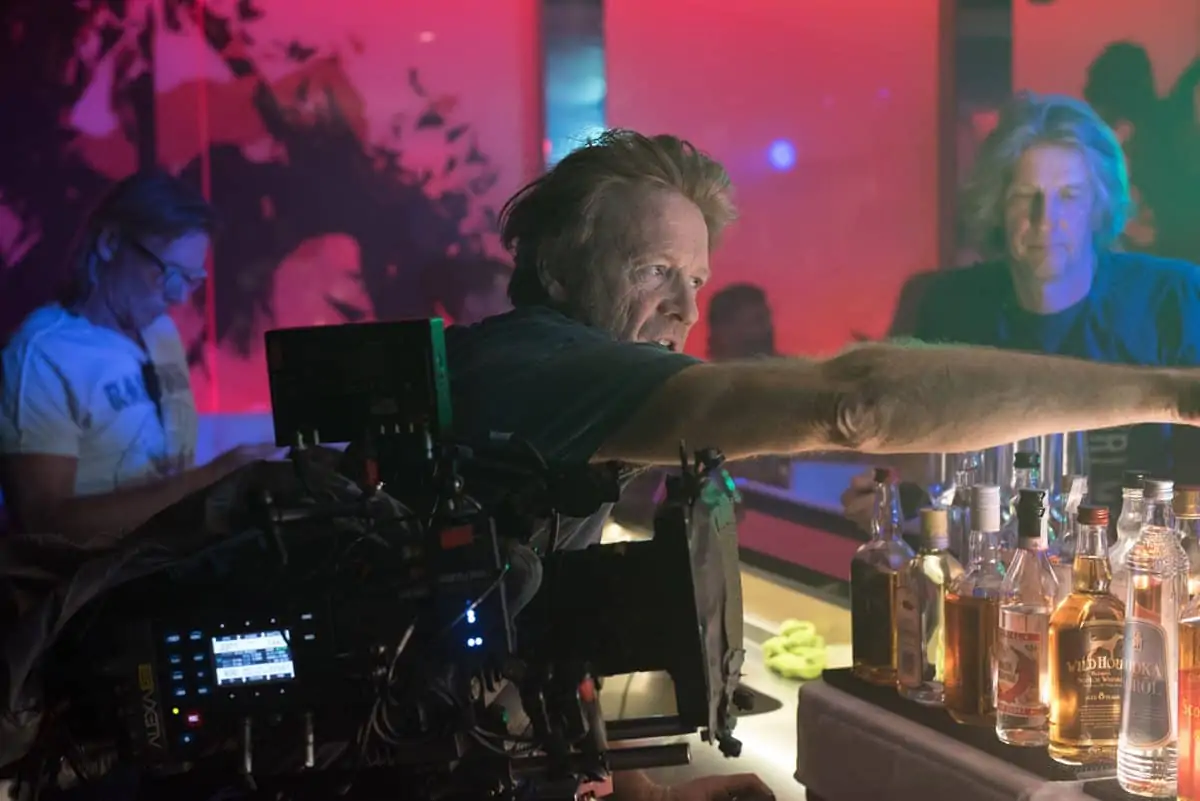
Due to consternation about interference by the NSA, Stone decided to shoot as much of the movie as possible outside of the US. Principal photography began on February 16, 2015 in Munich, Germany, and lasted for eight weeks on sets built at Bavaria Studios, and at locations doubling for Maryland, Washington, Virginia and Hawaii. But this was only after some challenging circumstances. Due to the controversial nature of the picture, backers that had been originally affiliated with the project began to step away. With no studio ready to support the production either, things became extremely difficult for Stone who had to finance everything along with the producer during pre-production. Eventually, financing came through from France and Germany, and the production started in Germany as a German production, with contracts being signed eight days before production began.
After the Berlin leg, production took place in rapid succession around the world during April 2015, in Washington DC, followed by Hawaii, using a house on the same street where Snowden had lived, and then Hong Kong at The Mira Hotel, where the on-the-run Snowden had dramatically blown the whistle. This part of the shoot concluded in the middle of May.
Dod Mantle framed Snowden in 2.39:1 aspect ratio, using Alexa 65 and Alexa XT, both shooting in open gate mode, for around 60% of the production. Lenses for the Alexa 65 included a set of Prime 65 glass for the studio shoots in Germany, with Vintage 765 Primes for the round-the-world shoot. A full set of Leica Summicrons, plus Optimo zooms and macro primes, were variously used on the Alexa XT. The main equipment package was supplied by ARRI Munich, under the supervision of Manfred Jahn, with the full support of the company’s R&D team for the recently released Alexa 65, as well as the Alexa XT.
“The Alexa 65 is a robust, composed and powerful imaging device, and the 6K, big-screen experience is something to behold,” remarks Dod Mantle. “From the extensive testing I did in and around ARRI’s HQ, I got a very good idea about how I could punch into the image, and keep going in for creative purposes, which you will see in the final movie.”
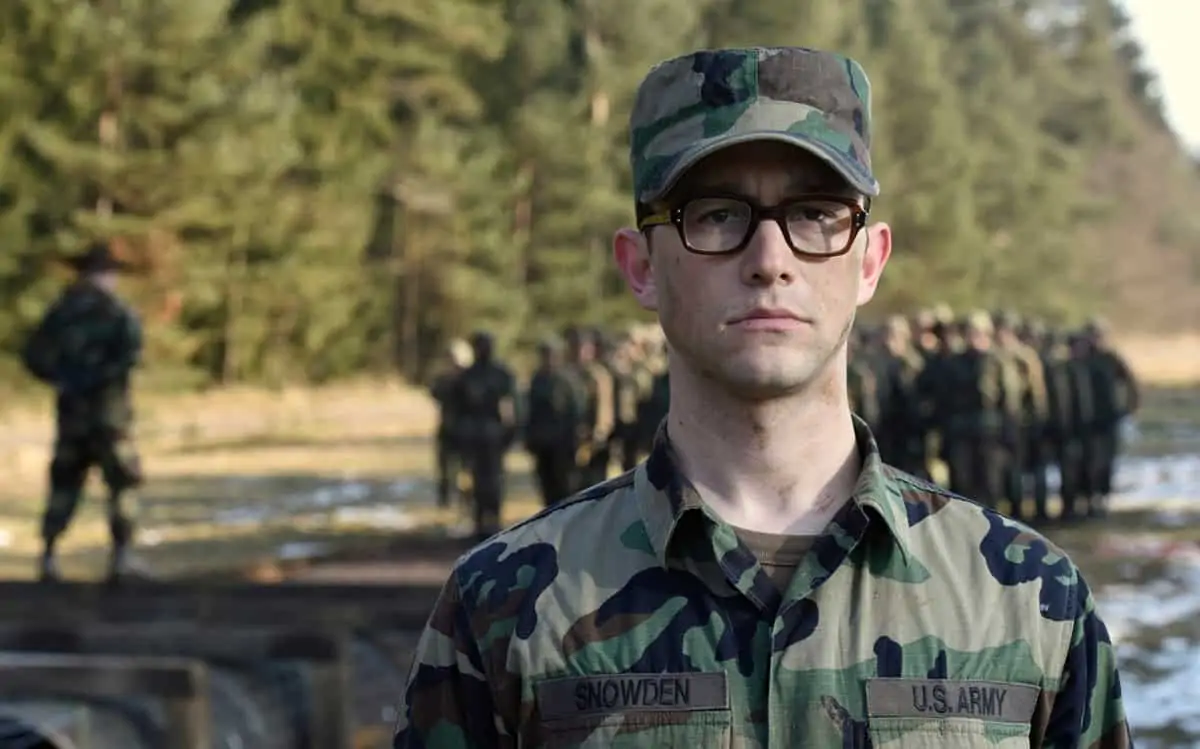
Canon Europe also supported the production with a C500 camera and a 50-1000mm PL zoom, which Dod Mantle used for in-camera effects during the round the world trip and on a body rig during the cramped Mira Hotel scenes, whilst a Codex Action Cam was used to provide a range of surveillance footage. Gerhard Beier from Leica supplied a PL-mount prototype M4 DSLR, which enabled Dod Mantle to shoot sequences with Joseph Gordon-Levitt alone around the world.
“Oliver is very adventurous intellectually and demands the same from the people he works with,” says Dod Mantle, “so I was fortunate in having a trusted crew around me who took the project to their hearts too.” Supporting Dod Mantle, who operated A-camera once again, was first AC Telfer Barnes. When the cinematographer donned his body rig for the Hong Kong hotel scenes, he was supervised by Jacob Bonfils and assisted by Christian Betz. Marcus Pohlus operated B-camera/Steadicam, and second unit DP was Jo Heim. Thomas Nievelt was gaffer, Bernd Mayer the key grip, whilst Dan Carling performed DIT duties.
“As I have my hands full, operating, lighting and attending to the director’s needs, a great crew is essential to me,” says Dod Mantle. “I will always be behind the camera – this is where the film is bound together, in the moment – and the energy radiating out from the crew towards the actors is of infinite importance and significance to me. I am concerned by the way technology is pulling camera ACs away from the side of the camera, where I think they should nearly always be, due to monitoring and focus via monitors, with their heads buried so often at a 90-degree angle to where the actors are working. I prefer the classic partner feeling of having one’s first AC as close to my ears and eyes as possible, but this is the subject of another article.”
Defining and executing the colour palette for each movie he works on is always a key consideration for Dod Mantle, and Snowden was no exception. “There’s a colour arc that changes across the movie. Things start out colourful and safe, as Snowden is revealed to be a bright, intelligent young man with an incredible career path. But this starts to change as things go wrong. Hawaii should be a paradise, but the colours change to include dangerous yellows and unsettling greens. Washington is a steely blue. The further he gets away from security, and the more he begins to question his odds of survival, we see magenta creeping into the image – it’s a very alienating and dangerous colour, abhorrent and cold, that becomes even more embracing during the Hong Kong hotel scenes as his separation and loneliness really kick in.”

As a twist in the tale, Dod Mantle says he was shocked to suddenly find himself in the same room as Snowden during an additional five-day leg in Moscow. “When I shot Rush for Ron Howard, and got inside the head of Niki Lauda, it was very moving when I eventually got to meet the man himself. So too with Edward Snowden. I had spent the best part of a year exploring his story and his psyche, and it was at once deeply strange as well as a privilege to meet him face-to face. This bright young man, forever haunted by his predicament, eternally estranged from his roots, yet so noble and selfless in his actions. I also got to meet Vladimir Putin too at his dacha, during that shoot. It will all fall into place when you see the movie and the various surrounding events when it premieres.”
Dod Mantle did the final DI with Company3’s Stephen Nakamura, during one week at the company’s New York facility and another in LA. “The DI is always very critical for me, and I refused point blank to participate in the DI over any type of remote satellite-cum-cyber link, insisting that I work creatively with Stephen, with whom I got on very well, in the same physical space before we did the final DI with Oliver. It was a busy time refining the imagery, and we concentrated a good deal of our efforts on Oliver’s desire to have luminance in the faces and to keep the visual connection to the actors.”
As for the working hours on Snowden, Dod Mantle declares, “Oliver and Ron Howard are the people you want to work with, they like to recuperate, recharge and consider at the weekends. We had some long days during our stint in Germany, and travelling around the world was hard at times, but Oliver is quite stringent about working a decent amount of hours every day.”
Asked how this production challenged him, Dod Mantle concludes, “Whilst it was a big challenge, that pushed me aesthetically, I think the subject matters that the movie covers, and the times we’re living through, are hugely significant and are the greater challenge for our children, families and friends. Snowden is a vanguard production, and I am delighted to have played a part in telling this story in an intelligent and open-hearted way.”




